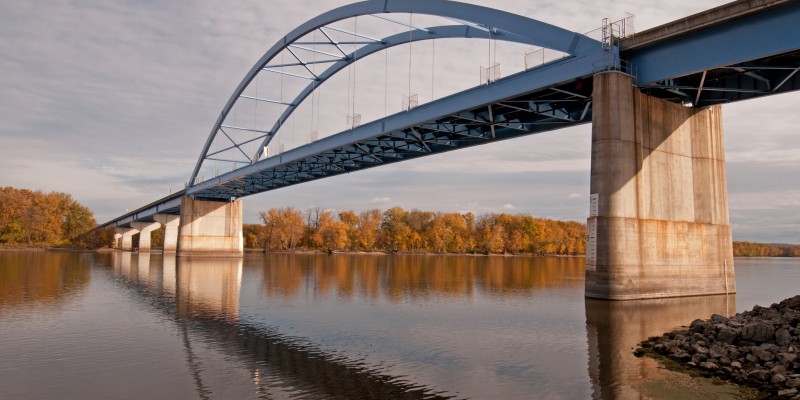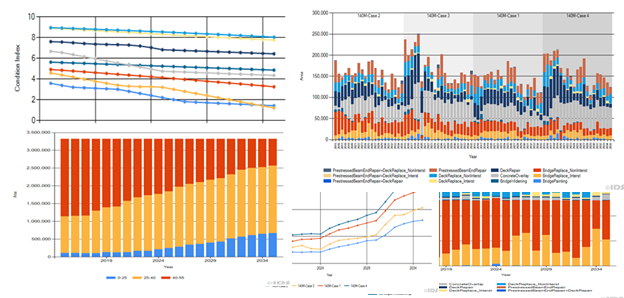Overview
Funding Agency: Government of Canada, NRC-IRAP
Location: Saskatchewan, Canada
Project: Cloud-based system for optimized management and renewal planning of public infrastructure assets.
(for News: July 2015?)
IDS was awarded a project from the Government of Canada’s Industrial Research Assistance Program (IRAP) to support R&D efforts leading to improving the scalability and performance of IDS optimization algorithms, and to implement cloud-based services to enhance the availability and adoption of the software.

Challenge
Public infrastructure systems are the lifelines that support our economy and quality of life by providing critical services such as drinking water, sanitation, and transportation. These systems have a significant impact on the economic, environmental, and social aspects of all communities. Infrastructure agencies are facing unprecedented challenges due to the ageing of infrastructure assets, inadequate renewal budgets, billions of dollars in renewal deficits, and increasing demand on infrastructure services. These challenges have placed significant pressures on these agencies to improve the management of infrastructure systems through adopting optimized risk-based and long-term renewal plans that would ensure maximum return on investment while enhancing infrastructure performance, reliability, and sustainability. However, infrastructure renewal planning solutions that can generate truly optimal plans are virtually non-existent, and most of the available systems still utilize heuristic decision-tree approaches or employ classical incremental cost-benefit analysis, and therefore, cannot generate truly optimal plans.
Solution
Through extensive research and development efforts, IDS has developed a revolutionary optimization algorithm that can generate multi-year system-level truly optimal renewal plans for transportation and municipal infrastructure systems. This algorithm was implemented in software solutions to support risk-based long-term renewal planning of bridges, highways, and water/wastewater networks. The generated renewal plans ensure that the right decisions to rehabilitate or replace assets are made at the right time, at minimum costs, and to achieve maximum return on the investment in terms of minimizing risk of failure and maximizing infrastructure performance at lowest cost. To date, there is no known other software in the market that can guarantee the generation of optimal renewal plans. The IDS software has been successfully used to develop optimized risk-based 20-year renewal plans for bridges, pavements, and water networks. The IDS software, therefore, helps fill a significant gap by addressing a critical and timely need of infrastructure owners and operators.
The Government of Canada, through its Industrial Research Assistance Program (IRAP), is funding a project to further enhance and accelerate the development and commercialization of the IDS software solutions. Based on a review of patents, software, and literature, an IRAP Competitive Technical Intelligence study has concluded that no other software system “… appear to be directly related or as comprehensive to IDS’s software offering/capabilities.”
The project resulted in further enhancement of the robustness, performance, scalability, security, and user experience of the IDS software. Several improvements were introduced to the software including data management, analytics functions, and geospatial analysis features. The optimization algorithm was improved to enable parallel execution and maximize throughput. Cloud-based software as a service (SaaS) interface was developed to reduce the costs and risk of adoption, leading to wider industry acceptance and uptake.




